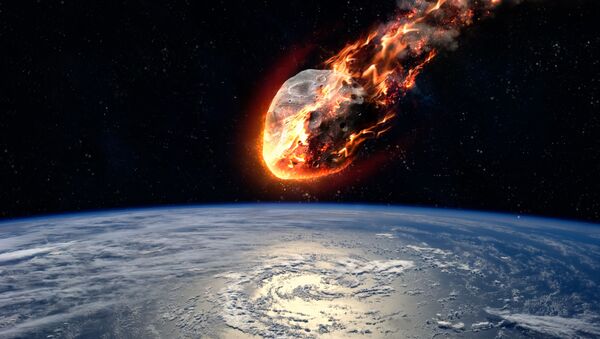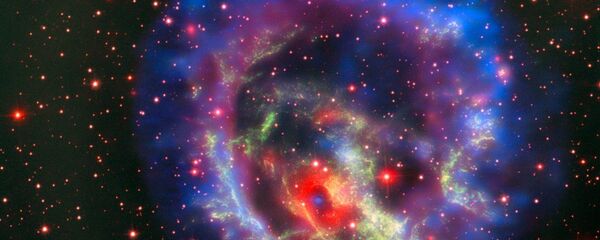According to spaceweather.com, April 29 will see a total of five potentially hazardous asteroids making a close encounter with Earth. The space rocks, including 2013 US3, 2018 GO4, 2018 GY1, 2018 FV4, and 2002 JR100, range from 45-214 meters in diameter, and will miss Earth by as little as 10.1 ld (i.e. lunar distance, the average distance from the Earth to the Moon). The asteroids will be flying by at between 5.7 and 16.7 km per second.
According to NASA, the flybys will start at 10:29 am GMT, with the last asteroid flying past at 9:15 pm.
"The telescopes' field of view is very small and the sky is very big," Ms. Remy said, speaking to news.com.au.
"We can currently determine in advance if one of the 18,000 asteroids we have observed is going to hit us, but we'd only know if one of the several million we haven't observed is on a trajectory for Earth if a land-based telescope observed it. It might be picked up but it's more likely it wouldn't and that we'd first find out about it on impact," she added.
According to Remy, there's a "100 percent" certainty that Earth will be hit; the question is when. Therefore, she noted that in spite of the costs associated with developing the telescope technology to detect the space rocks, doing so is worth it. "We need to find them before they find us," she warned.
Remy recalled the 20 meter meteor which flew over the Russian city of Chelyabinsk, which exploded near the city and released over 30 times more kinetic energy than the Hiroshima bomb. That blast caused damage to over 7,200 buildings, shattering windows and collapsing a factory roof, and resulted in 1,491 injuries, although thankfully, no fatalities.
"There was no warning time for that asteroid…the world found out about it when it hit," she said.
According to Remy, pending improvements in space monitoring through projects such as the Large Synoptic Survey Telescope (LSST), which is presently under construction in Cerro Pachon, Chile, there are a number of methods by which potentially hazardous asteroids can be disarmed. This includes concepts such as the gravity tractor, which proposes sending a robotic probe to space to meet the asteroid, with its gravity tugging on the asteroid and thereby pushing it out of its dangerous trajectory.
"With advanced warning you only need to move an asteroid a quarter of an inch to throw it onto a different orbit," Remy explained. At present, the concept is theoretical, and requires testing. "But more funding is needed to get it to the stage where it's launched."
Ultimately, although Earth has been pummeled with asteroids since the dawn of time, and while it will be impossible to avoid all asteroid impacts, Remy stressed that it's "in our power" whether or not Earth is struck by the deadly ones.





